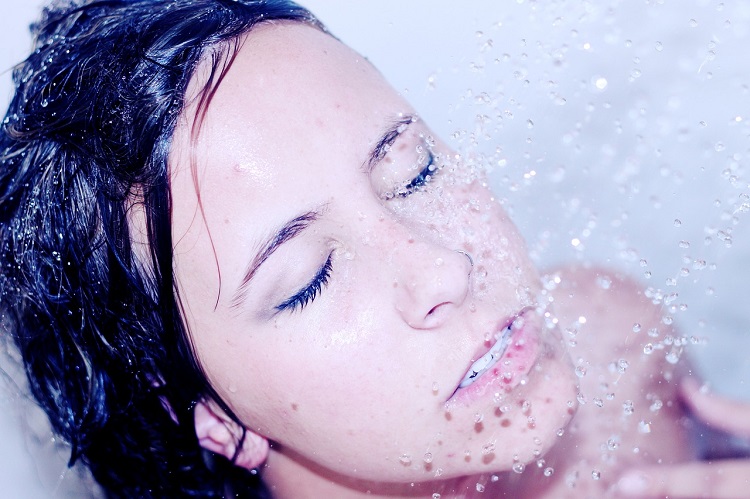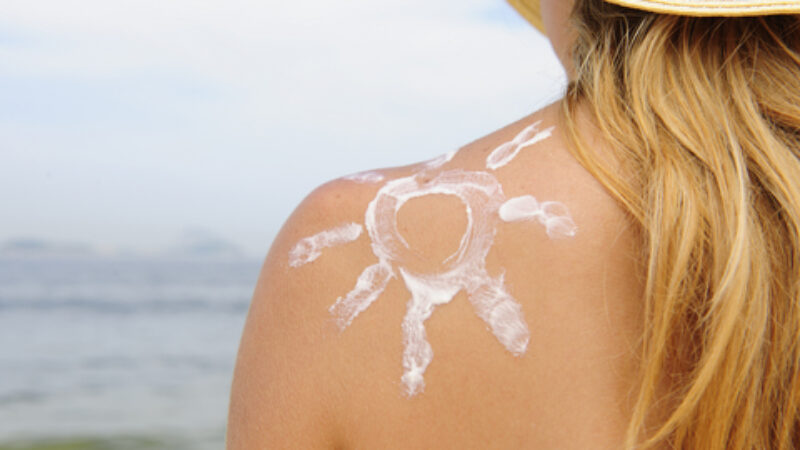With the skin being made up of 64% water, it’s hard to overstate the importance of H2O. Although it’s been a long-held belief that drinking 8 glasses of water will flush out toxins and leave the skin healthy and clear, the truth is that there is simply a lack of evidence to support the link between water consumption and skin hydration. And to continue to believe that drinking water is sufficient to hydrate the skin without any other effort is to ignore what other sources of hydration can do for the health of your skin.
There’s no disputing that the body needs water to survive but in terms of what it can do for the skin, there are good, bad and ugly aspects. Read on…
The Good: Drinking water has no downsides for the body but it is still possible to drink 8 glasses a day and still suffer from dry skin. As the upper layer of the skin is made up of dead skin cells, it cannot absorb water from the inside.
The water that IS in our skin can be retained with the help of moisturizers. Ideally, applying a good moisturizer to damp skin will act as a barrier against water loss. It not only provides a barrier against further moisture loss, but it also helps seal in moisture residing on your skin after your shower or bath. When it comes to keeping your skin well hydrated, an emollient moisturizer is more effective than drinking a glass of water. Look for ingredients like ceramides, urea, and glycerin which have been shown to help keep skin hydrated. Ceramides naturally form part of the skin’s barrier system and can keep moisture from leaching out and external irritants from being absorbed. For the face, we think hyaluronic acid is the star when it comes to attracting moisture to the skin and smoothing out the look of those wrinkles. We’ve included it in two of our favorite products: Apothekari Firming Eye Gel and Apothekari Bespoke Vitamin C serums.
The Bad: Not all forms of water are beneficial for the skin. As tempting as it may be, a long hot bath can actually cause more harm than good. A long soak in the tub washes off the sebum, or the layer of natural oils. These oils help to seal moisture in and once they’re gone, moisture escapes from the skin, leaving it feeling dry and itchy. You may notice that the top layer of the epidermis (the stratum corneum), starts to swell up with water – our fingertips and toes get wrinkly and feel waterlogged, but once we get out of the tub, the excess water evaporates and leaves our skin drier than before because there are no natural oils to help retain the moisture. Hot water exacerbates the problem by causing even further moisture loss. When bathing and showering, choose a warm temperature and try to shorten the amount of time spent in the water.
Even the type of water coming out of your taps may affect the condition of your skin. Hard water, containing more minerals and metals, may leave a residue on your skin which could lead to clogged pores. Hard water also makes it more difficult for cleansers to lather, making it more tempting to use more soap than necessary.
Trust La Roche Posay to bring us products that aim to replenish those lost lipids in the skin: Lipikar Surgras Bar and Lipikar AP+ Body Baume, destined to become your new best friends this winter.
The Ugly: A quick look at the ingredients of your skin care products will tell you that the first item listed is often water or aqua, if we are adhering to the International Nomenclature of Cosmetic Ingredients (INCI). Only purified water, free of toxins, pollutants and microbes, can be used safely in skin care products where its main role is as solvent or carrier to deliver active ingredients to where they will be most effective and beneficial to skin.
The downside of using water is that it encourages bacteria growth which can shorten the shelf life of your products considerably. And with the movement toward “all-natural” skin care products, it’s doubly important to ensure that the treatments we use on our skin are safe. Even with the addition of stabilizers and preservatives, bacteria or other substances harmful to the skin can develop, especially if the container is not air-tight. Once bacteria and microbes take hold, you may be at risk of developing rashes, irritations and infections if those products are used beyond their freshness point. As much as we are trying to move away from preservatives, they are often necessary to prevent microbial growth or undesirable chemical changes. Also look for airtight containers to minimize air exposure and potential outside contaminants.



